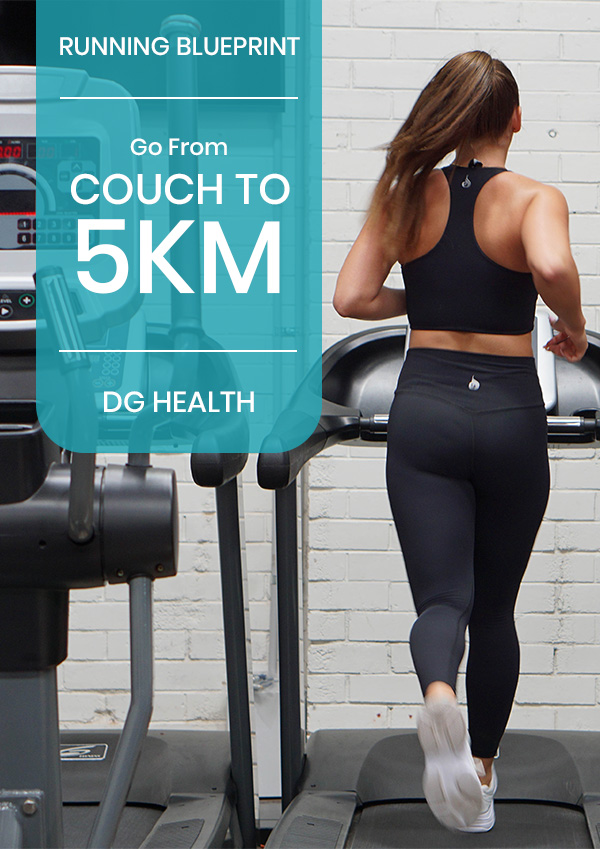We know you love pushing your limits with heavy hip thrusts, but sometimes, your lower back might feel a bit tense after those intense workouts. Don’t worry; you’re not alone! In this blog post, we’ll explore what this lower back tension is, why it happens, how a rehab professional can help you overcome it, and what you can expect on your path to a full recovery.
Understanding Lower Back Tension
So, you’ve just crushed a set of heavy hip thrusts, and your glutes are on fire – that’s the goal! But, you might also feel tension or discomfort in your lower back. This is a common issue that some gym-goers experience after intense hip thrusts.
Why It’s There
Okay, let’s break it down: why is your lower back feeling the tension after those hip thrusts?
1. Core Connection: A strong core is essential for maintaining a rib-over-pelvis starting position. If your core isn’t engaged enough, your lower back muscles may become pre-tensioned favouring their activation.
2. Muscle Fatigue: Hip thrusts challenge multiple muscles including your glutes, hamstrings, and lower back. If your target muscles (glutes/hamstrings) are fast to fatigue, other “helper muscles” (low back) can start to compensate.
3. Overtraining: Pushing your body without allowing enough recovery time can also contribute to cumulative lower back strain over time.These muscles being targeted are large and therefore produce lots of force. Because of this, large muscle groups when challenged during a heavy sessions need a bit more time than other smaller muscle groups to recover



How a Physiotherapist or Osteopath Can Help
Don’t worry, relief is just around the corner! Let’s see how a clinician can help you get back on track:
1. Form Check: Your clinician will assess your hip thrust form and provide guidance to ensure you’re executing the exercise correctly.
2. Core Activation: They’ll teach you specific core activation techniques to support your lower back during heavy lifts.
3. Muscle Balancing: A personalised exercise plan will target potential muscle weaknesses to reduce tension in your lower back during exercise.
4. Rest and Recovery: They’ll advise you on structuring rest days into your routine and provide recovery strategies to prevent overtraining.
Realistic Timelines for Recovery
Now, let’s talk about recovery timelines. Remember, everyone’s body is different, but here’s a rough idea of what you can expect:
1. Immediate Relief: With proper form and core activation, you may feel some immediate relief after implementing your physiotherapist’s advice.
2. Steady Progress: Over the next few weeks, as you follow your exercise plan and take care of your body, you should experience steady improvement in lower back tension.
3. Long-term Prevention: Avoiding future episodes of lower back tension involves consistent practice of proper form, core activation, and listening to your body’s need for rest.
There you have it, gym warriors of Richmond! Lower back tension after heavy hip thrusts is a common challenge, but it’s one that you can overcome. Focus on nailing your form, engaging your core, and giving your body the care it deserves. Your trusted clinicians are here to guide you on your journey to unleash your strength and keep those glutes firing! Stay tuned for more tips and tricks from your friendly neighbourhood physiotherapy and osteopathy clinic!



Recent Comments